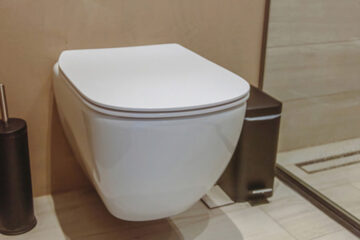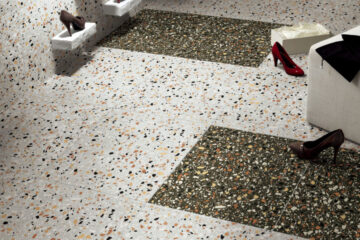Choosing Grout in Singapore: Why Epoxy Is Worth It

Selecting grout in Singapore may seem straightforward, but the choice significantly influences the durability, cleanliness, and overall finish of tiled spaces. Kitchens, bathrooms, balconies, and commercial floors face heat, moisture, and daily wear. When grout cracks or stains, the entire surface appears aged long before the tiles lose their quality. This is why homeowners and facility managers are looking closely at longevity and maintenance before committing to a grout type. Among the available options, epoxy grout in Singapore has become a preferred solution for spaces that demand hygiene and durability. This article outlines practical considerations to guide your selection so surfaces stay clean, neat, and easier to maintain.
What Grout Does Beyond Filling Gaps
Grout supports tiles by distributing pressure and protecting edges, but its visual role is equally significant. The right grout colour can create seamless surfaces or subtle contrast that highlights tile patterns. A poor choice, on the other hand, draws attention to joints, collects discolouration, and signals wear. When evaluating options, think about the purpose of the space. Stain resistance is advantageous in high-traffic locations, such as kitchen backsplashes or entryways. Bathrooms and wet areas need grout that resists mould growth and humidity. Once you identify how a room is used daily, it becomes clearer which characteristics your grout must prioritise.
Compare Cement-Based and Epoxy Options Carefully
Cement-based grout has been used widely for decades due to its affordability and ease of installation. However, it is porous, which means water, oils, and soap residue can seep in, eventually causing staining or mould. Regular sealing helps, though it requires ongoing upkeep. Epoxy-based options, by contrast, form a dense, water-resistant finish that requires less maintenance. They perform well in humid conditions and busy kitchens where spills occur. The key difference lies in how much time and energy you are willing to invest in upkeep. Understanding this saves future frustration, especially for households that prefer low-maintenance cleaning routines.
Consider Colour, Joint Width, and Lighting Conditions
Once you have chosen a grout category, the next step is colour. A tone close to your tile shade produces a smooth, uninterrupted look suitable for minimalist interiors. A contrasting shade can add structure or rhythmic patterning in feature walls or tiled floors. Observe how natural and artificial lighting change the tile’s appearance across the day. A tone that looks right in a showroom may appear different under warm or cool lighting at home. If possible, request sample boards or test small swatches before committing. This helps prevent mismatched undertones and ensures the grout supports the room’s overall feel.
Evaluate Maintenance Requirements Before Installation
Good grout in Singapore should be simple to maintain without the need for specific cleaning supplies. For cement-based grout, sealing is necessary at the start and periodically afterwards. For epoxy grout systems, weekly wiping with mild detergent is usually enough. If you are preparing for a renovation, consider how long you intend to stay in the space. A busy household, rental property, or commercial unit benefits from a grout choice that reduces future labour costs. Routine habits also matter. Regardless of the type of grout, upkeep remains straightforward if floors are promptly cleaned after spills and bathrooms are ventilated every day.
Work With Installers Who Understand Material Behaviour
Skill plays an important role in grout performance. Even high-quality grout can fail if applied incorrectly. Look for installers familiar with surface preparation, curing times, and edge finishing. Ask about how joints will be cleaned up after application to prevent haze on tile surfaces. For larger rooms or patterns involving multiple tile sizes, joint alignment becomes more complex. A professional with experience in grout-setting produces sharper lines and greater uniformity. This attention to detail helps surfaces stay visually consistent for years rather than showing unevenness early on.
Conclusion
Your desired level of maintenance, the way a space is used, and the final surface’s appearance all influence the best grout choice. First, decide whether long-term stain resistance and lower upkeep are priorities, then choose a colour that complements your tile selection. Confirm maintenance expectations in advance and work with installers familiar with the material. With careful planning, grout supports both function and style, protecting your surfaces and keeping rooms looking fresh.
Contact Grout ProTech to select grout solutions and professional installation services that keep tiled surfaces durable, clean, and visually refined for the long term.




